On February 28, 2020, the Hoquiam held the grand opening for the . After months of research and prepping artifacts, the Polson presented the Harbor’s own sports history, side by side with magnificent Smithsonian sports history displays. Only two weeks later, COVID-19 forced the museum to lock its doors to the public. On the bright side, the exhibition had to remain in Hoquiam. With the re-opening of the Polson Muesum on July 1, Harborites had the opportunity to enjoy Hometown Teams for another month. The Smithsonian exhibits have traveled on, to their last Washington destination in Renton, but the local displays, the ones that matter most to hometown folks, will stay up for a while longer.
selected the Hoquiam Polson Museum as the seventh host for the traveling exhibition. With the Smithsonian component of Hometown Teams displaying many aspects of sports on a national level, Polson Museum staff enthusiastically rounded out the exhibition with Grays Harbor local sports history.
Volunteer David Seymour, Collections Manager Irene Kennedy and Curator John Larson worked hard for months to create beautiful exhibits telling the fascinating stories of the Harbor’s great athletes. Community historians added to the lists of “Grays Harbor’s Greatest” collected in a binder by Seymour. The large, colorful Smithsonian displays occupied the centers of the two exhibition rooms, while lovingly displayed local artifacts, documents and photographs are still adorning the perimeters. Visitors discover that great national stars often started out in small towns, just like their own.
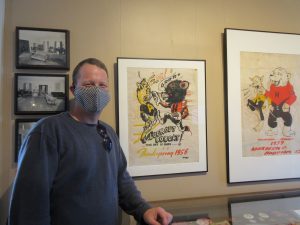
Looking at “How Sports Shape America,” the Hometown Traveling Exhibition examines a fascinating array of themes including many kinds of sports, from the ever-popular ball games to unique sports; local high school and college teams; major leagues; ball parks; team rivalries; fans; corporate sponsors; music; cheerleading; gear; early women athletes; disabled sports events; and sports in marketing and in movies. One fun kiosk face is dedicated to the influence of sports jargon on our language. For example, sports-derived idioms in speech bubbles are “jockeying for position” in museum-goers’ eyes.
Some people are interested in history. Others need a little nudge. Discovering the name of a family member, a photo of what a local ball park looked like when it was first built or, a boxing glove used by a great-grand father, can spark anyone’s interest in local history. The Grays Harbor component of the exhibition is brimming with artifacts that forge a connection, turning personal memories into local history.
Beautiful photographs with detailed historical descriptions tell the stories of our local ball parks. The younger generation, especially, may be amazed to learn that Hoquiam High School football used to be played at Electric Park and Heerman’s Field, parks that have since disappeared under the growing city.
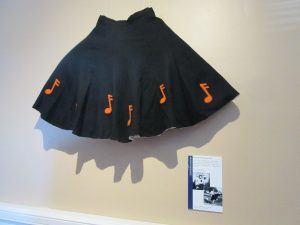
A wicked series of colorful vintage posters from the 1940s and 50s by Grizzlies fan Herb Root illustrate the rivalry between the Grizzlies and the Bobcats, the oldest football rivalry in the State of Washington. A display case holds a football with signatures from the 100th rivalry game in 2006. Mounted on the wall is a swinging black wool skirt, knee length, decorated with pink musical notes, worn by Hoquiam Junior High song queens in the 1950s.
A beautifully rough wooden sign announcing “The Home Plate: More Eats, Less Money” is proof that professional baseball player Gregg Vean, who played for the Cleveland Indians, settled in Hoquiam after his career and opened a sports-themed restaurant.
Grays Harbor is home to a few unique and extreme sports. Steve “Unique” McPeak is a representative of of skimboarding, called piper boarding on the Harbor, a sport popular from the 1960s to the 1980s, when athletes skimmed the shallow retreating surf on circular wooden boards. Mc Peak also practiced another unique sport. He consistently appeared in the in the unicycling category, during the 1970s and 80s.
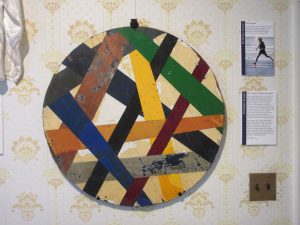
A scratched and wire-reinforced red chair was used as a prop by Log Roller World Champion Russ Ellison. The spike marks of his shoes run all across the surface.
“It was an interesting experience to run a museum under a lock-down,” says John Larson. He and his staff used the time for some much-needed remodeling. The reopening in the sparkling, newly-painted Polson mansion was celebrated with a sports-themed tailgating party. The event observed COVID-19 safety guidelines designed for drive-in movie theaters.
While the Smithsonian Traveling Exhibition has moved on, the interest in hometown sports history it inspired will continue. Local history is a community affair. A notebook encourages visitors to add names to the list of great Grays Harbor athletes. Do you know of anyone who has not been mentioned? Head over to the Polson Museum and write history.
For more information, visit the or the .
The Polson Museum
1611 Riverside Avenue, Hoquiam
360-533-5862
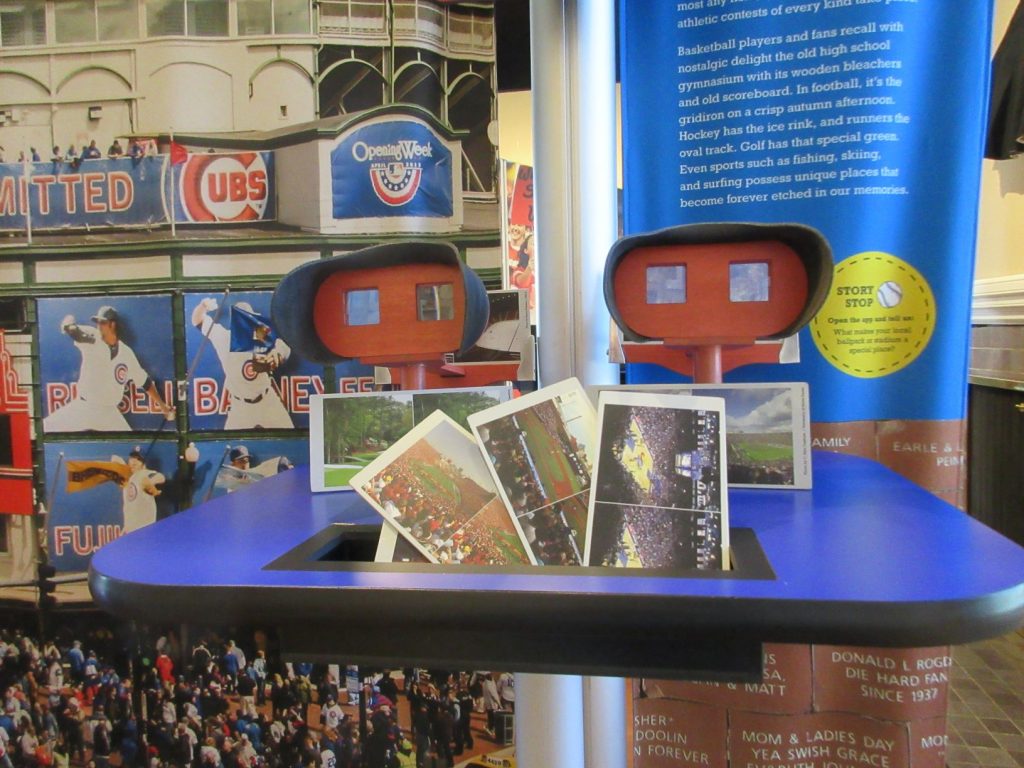


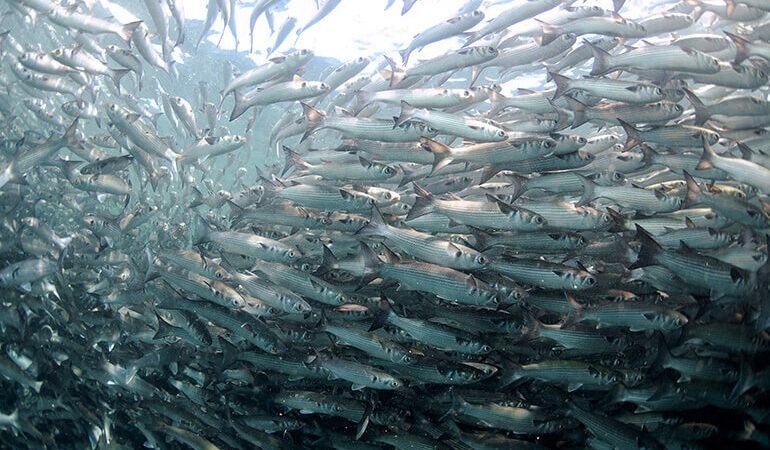

Recent Comments